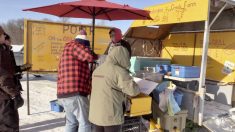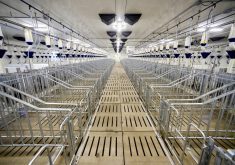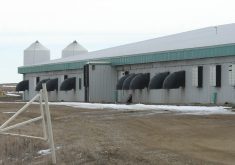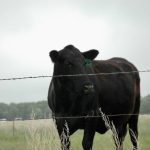Manitoba’s Chief Veterinarian Officer continues to investigate the ongoing PEDv infection in southeastern Manitoba, an outbreak that has broken records as the worst on record.
Both the Chief Veterinarian Officer and Manitoba Pork Council have noted biosecurity gaps in the region and have asked producers to tighten up biosecurity.
As the investigation into the source of the current PED outbreak continues, the following risk factors have been identified as potential for transmission of the virus:
- Shared staff between farms located in high-risk areas and farms in PEDv-free areas.
- High traffic on and off yards and no physical barrier to restrict yard access.
- Not wearing yard-dedicated footwear and some instances of wearing the same footwear in the barn as in the yard.
- Assembling shipments – partial loads collected at multiple sites. This is particularly a problem when the first load is from a herd that is not yet showing clinical signs of or has not yet tested positive for PEDv.
- Not washing trailers between abattoir deliveries for shipments within systems particularly from high-risk areas.
- Load out biosecurity practices: in-barn equipment such as hoses used outside the barn and then moved back into the barn.
- Drainage and weather patterns: winds may have moved the virus in a few limited cases where sustained high winds may have moved contaminated dust or organic matter onto a neighbouring yard site.
- Direct animal movement between barns and movement of animals from high-risk areas to PEDv-negative areas. For example, continuous farrowing barns moving piglets two to four times per week becoming positive prior to the development of clinical signs and testing.
- Movement of manure applicators outside of high-risk area.
- Shared equipment between farms in the high-risk area and PEDv-free areas.
- Weigh scales used by clean and dirty trucks.
Read Also
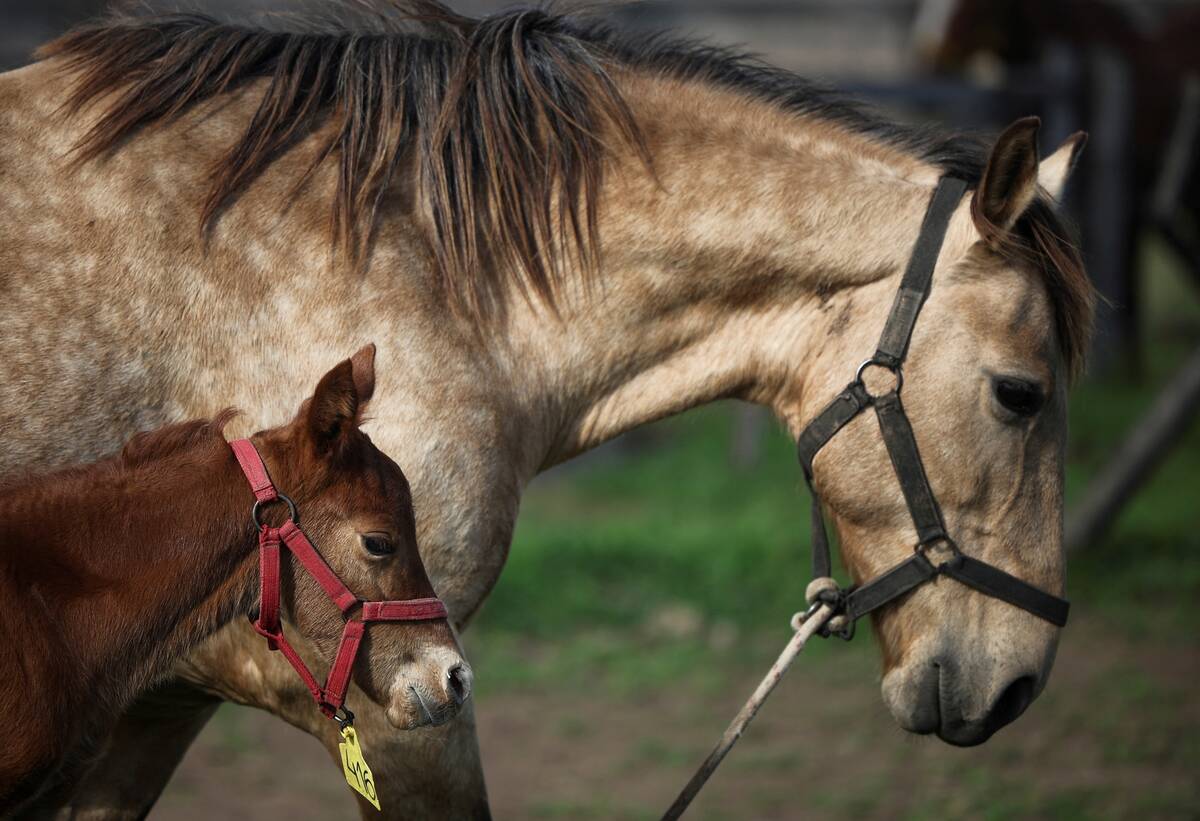
Developing nations outpace Canada on gene-editing livestock
Canada may want to gauge how Argentina and other countries have approached gene editing in livestock and what that has meant for local innovation in developing countries.
Movements of garbage and deadstock near the barn door where staff or visitors enter.
Resources on biosecurity and information on PEDv are available through the Manitoba Pork Council.


